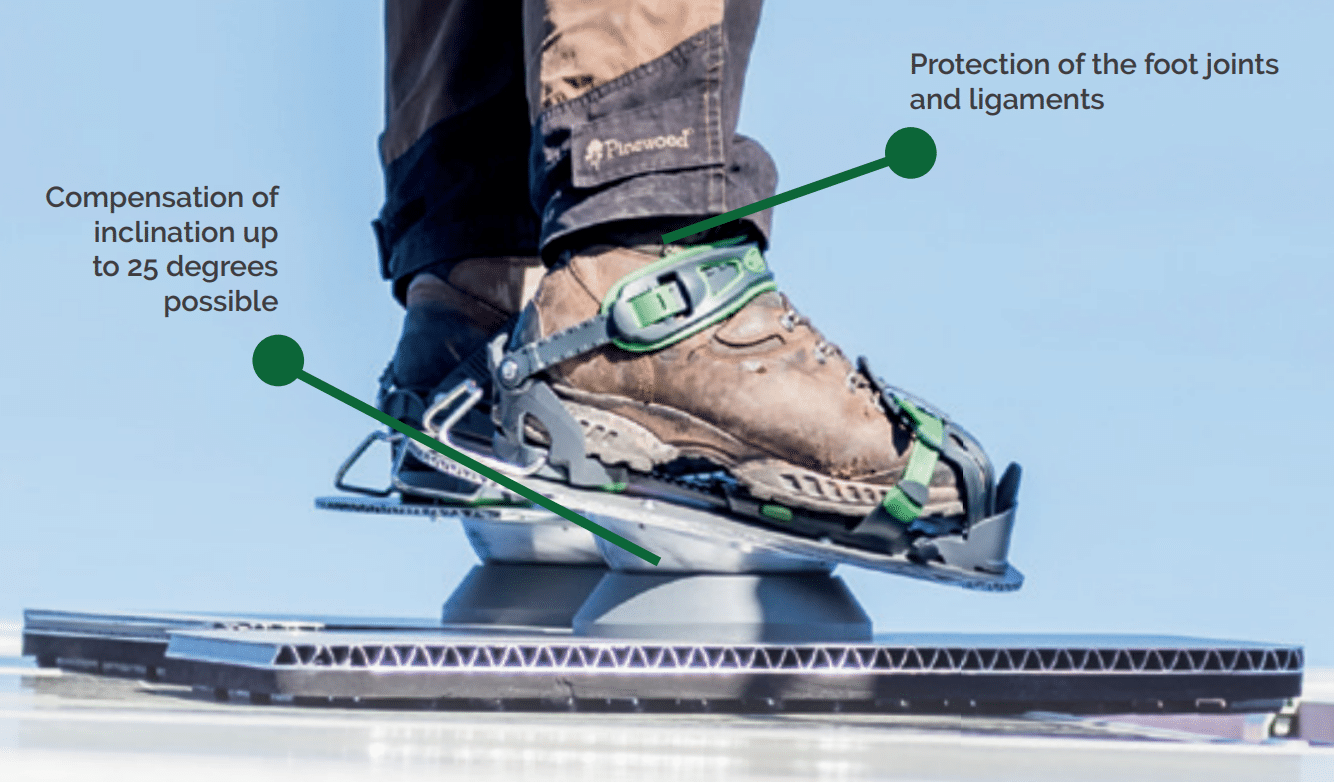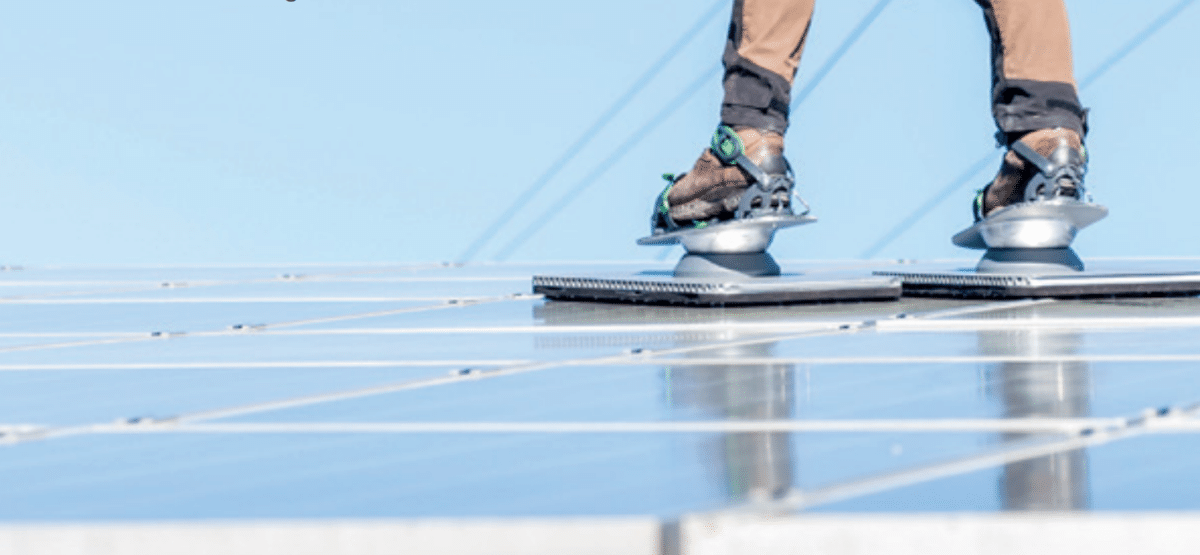Much like CAISO, Vermont and a few others other states, LADWP has now simplified hardware requirements for installing solar, and we can expect to see further integrations of solar into the home (electric panels) and (power company tapping your panels directly) infrastructure, so expect these requirements to keep evolving – “Effective immediately, LADWP removed the need for open blade switches and performance meters on 95% of the solar systems homeowners commonly install.” Ben Davis from CALSSA, noted that for a residential solar system, the savings “vary from company to company and project to project, but ~$500 for parts, labor, and time for the AC disconnect is a good ballpark.” Source – SolarForward
Big solar+storage plant headed to Vermont, and it is explicitly part of the utility plan – “Green Lantern Solar has finished the development and construction of a 6.7-MW solar array and 2-MWh battery storage facility in Essex, Vermont. The project is the cornerstone of GMP’s utility-wide renewables and grid resiliency initiative. The Essex project, consisting of 18,326 solar panels and a Tesla Powerpack battery system, sits atop an approximately 30-acre, former sand extraction pit.” Source – Green Lantern Solar
You’re not supposed to walk on solar panels because you can crack the solar cells and lower their generation, but solar modules can take some weight, and if you can distribute the force – maybe you can? “The RALOS.shoe allows all service and maintenance work on all PV systems with a roof inclination of up to 25 degrees. With it, framed modules and frameless modules can be walked on safely starting from a surface load capacity of 5,400 KN / m² according to type approval IEC 61215. Pressure load per shoe at 100 kg: 418 KN/m2. Infinitely adjustable from european shoe size 37 -50.” Source – Ralos.shoe (english language PDF)

Trina Solar setting records with polysilicon bifacial solar modules, “Trina said its latest record-breaking device is the first multi-crystalline bifacial cell in the world to register a conversion rate above 23% certified by a third party authorization institute. Trina Solar has claimed a world record 23.22% conversion efficiency with a large area version of its n-type, crystalline silicon, i-TOPCon (industrial tunnel-oxide passivated contact) solar cell. The record-breaking bifacial device was manufactured using a low-cost industrial process, said Trina in a statement yesterday, on a large phosphorus-doped, cast-mono silicon substrate.” Source – Trina
The longer form article associated with the below tweet suggested that polysilicon pricing was at cash cost ($6.70-7.20/kg), and that facilities were being switched out from poly production to mono ($8.40-8.60/kg). Much of what I read suggests monoPERC is really the heavy growth subject these days, and that most future module mixtures (multi-junction) start with a mono base. Is this about as low as polysilicon solar modules might go or could demand from spaces not as worried about efficiency (cheap land or large roofs with low demand) hold up the product and keep R&D flowing? Maybe there’s a science trick out there that’s going to break the current silicon production costs?
https://twitter.com/PvInfolink/status/1202174412008480768
This content is protected by copyright and may not be reused. If you want to cooperate with us and would like to reuse some of our content, please contact: editors@pv-magazine.com.









RE: Poly Modules Dying?: As a module sales rep, I am still quoting and have (limited) buyer interest in low-cost poly…however the supply seems very fragile and not available in larger quantities.
You must have to be using very cheap panels to not be able to walk on them with normal shoes. I am a solar technician and we walk on panels every day when installing. Most panels can withstand up to a 4″ piece of hail without fracturing the cell. We have personally tested dropping a 150 pound chunk of iron onto a panel, while it did break the outer glass and the cell it did not perforate the panel.
Do you ever analyse the cells afterwards?
Uh yeah, you don’t seem to at all understand the concept of microfractures. Look at some of the articles discussing this with EL images that clearly show them. There is at least one photo out there where some type of imaging shows damage in the form of a footprint path where solar techs walked across the modules…
Please share contact person details of Ralos shoe. We have requirement of the same for our rooftop projects.